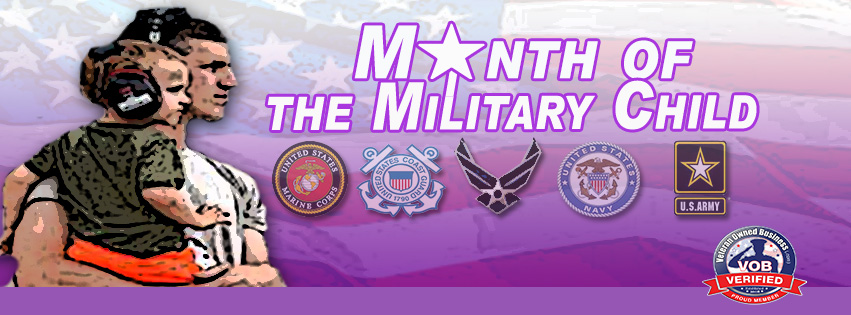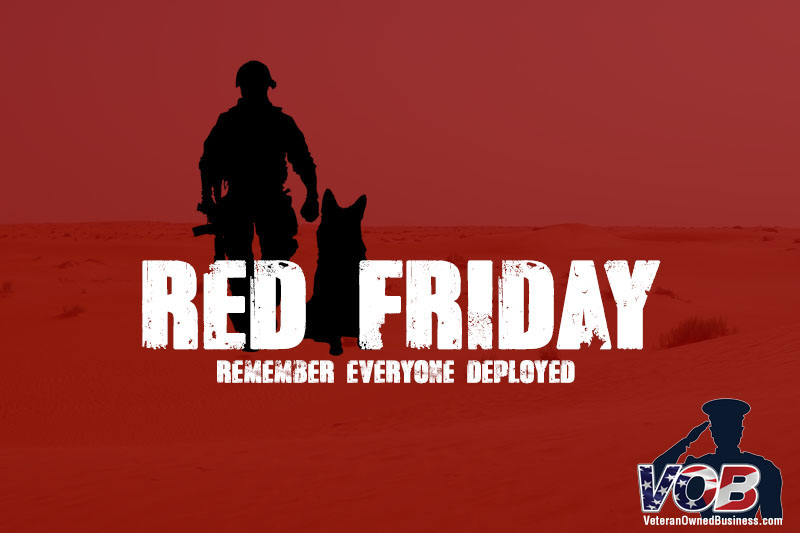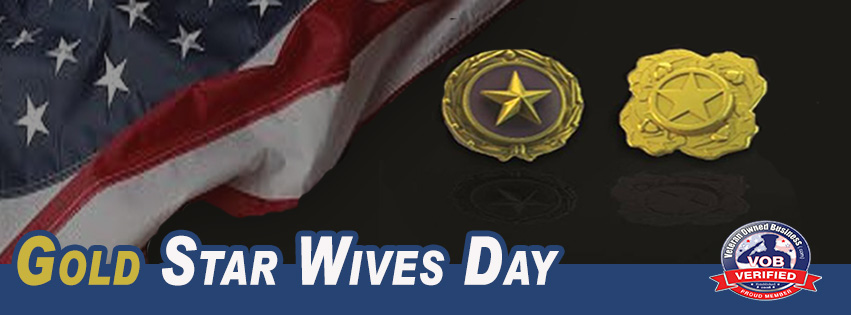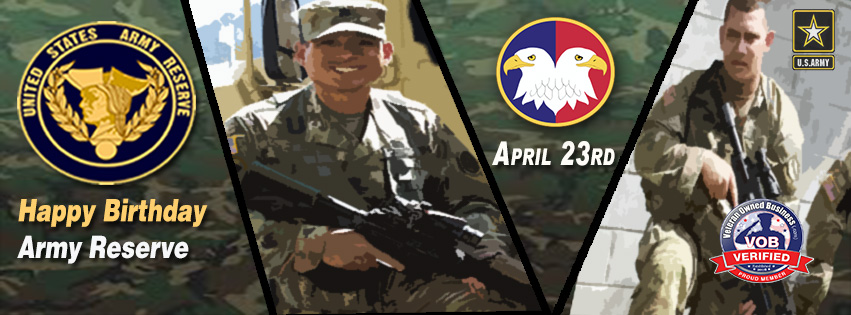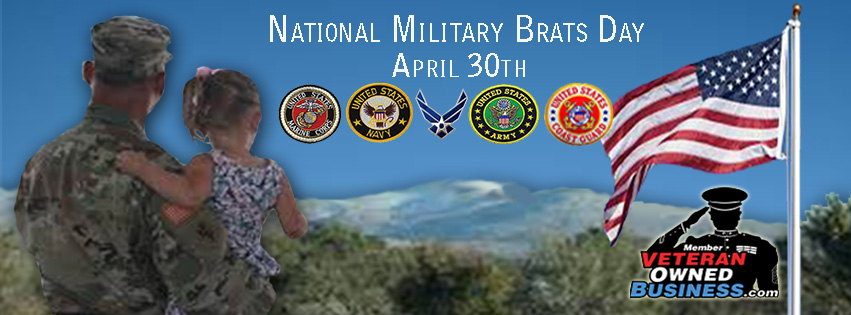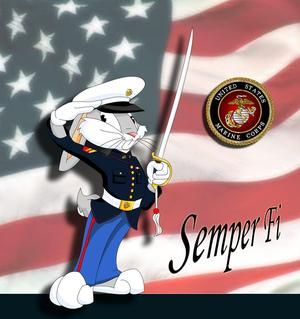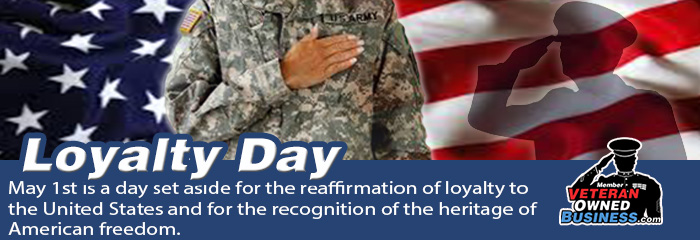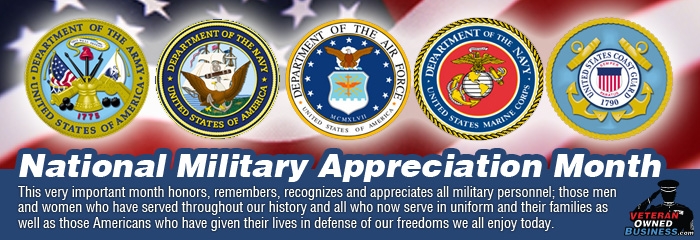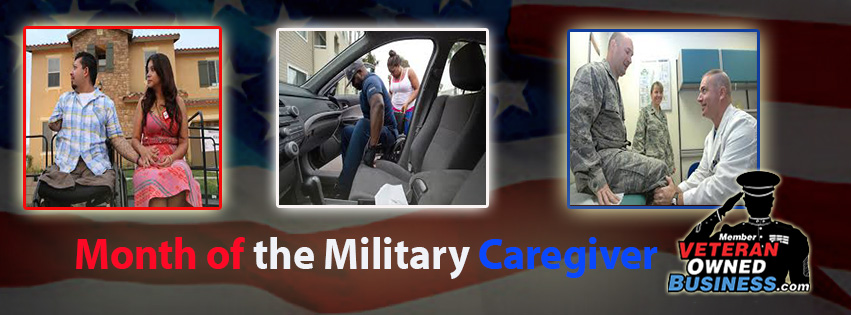June 23rd, 2015 Marks The 76th Anniversary Of The U.S. Coast Guard Auxiliary
Semper Paratus (Always Ready)
The United States Coast Guard Auxiliary is the uniformed volunteer component of the United States Coast Guard (“USCG”) and was established on June 23, 1939 by an act of Congress as the United States Coast Guard Reserve, and was re-designated as the United States Coast Guard Auxiliary on February 19, 1941. Congress authorized the Auxiliary to support all USCG missions, other than those related to direct engagement in either law enforcement activities or military combat operations. The support provided by the Auxiliary in these situations can be administrative and it can be in areas that make available, either active or reserve members of the USCG. Once available, the active or reserve member is able to function in these two restricted areas. As of May 2010, there were approximately 30,000 active Auxiliarists.
As a volunteer, an Auxiliarist is not paid a salary and participates in activities at her or his own discretion. Auxiliarists may be reimbursed for expenses incurred when they are under orders from the Commandant. Unlike the active duty and reserve components of the USCG, Auxiliarists are not subject to the Uniform Code of Military Justice.
Auxiliarists who own a boat, aircraft or radio station (amateur or marine band VHF sets) often use their equipment (i.e., “vessels”) on behalf of the USCG and are reimbursed for expenses incurred while under mission orders, although membership does not require ownership of a vessel. An Auxiliarist can also serve on a USCG asset once they have obtained proper training. When under orders, the member is recognized as a Federal employee and any approved vessels are recognized as property of the U.S. government. Members use previously-acquired skills such as carpentry, cooking, radio repair, engine repair, and maintenance, as well as professional skills such as medical, legal and computer skills, and skills obtained via approved training.
Missions and core values
Historically, the primary missions of the Auxiliary have been providing free vessel “safety checks,” boater education and supplementing other USCG operations. The Auxiliary’s four cornerstones are Member Services, Operations and Marine Safety, Recreational Boating Safety and Fellowship (the “glue” which holds the Auxiliary’s missions and its members together).
Auxiliarists can be found on the nation’s waterways, in the air, in classrooms and on the dock, performing maritime domain awareness patrols, safety patrols, vessel safety checks and public education. Additionally, the Auxiliary performs behind the scenes missions in support of USCG operations. Members donate millions of hours in support of USCG missions every year.
Current programs in which Auxiliary members are authorized to participate include, but are not limited to
- Administrative support to the Coast Guard
- Aids to Navigation verification (ATON)
- Assistance to local government (e.g., Small Boat Course for Local Law Enforcement)
- Augmentation of Coast Guard billets
- Bridge administration
- Auxiliary Air (“AuxAir”) – USCG aircraft support
- Contingency preparedness
- Licensing of merchant mariners
- Marine Safety and Environmental Protection (MSEP)
- Operational support to the Coast Guard (OPS): This includes radio watchstanding (RWS).
- Port Safety and Security (PS&S)
- Public Affairs support (PA)
- Recreational Boating Safety (RBS)
- Recruiting
- Search and rescue (SAR)
- Vessel inspections in partnership with the United States Power Squadrons
- Waterways management






